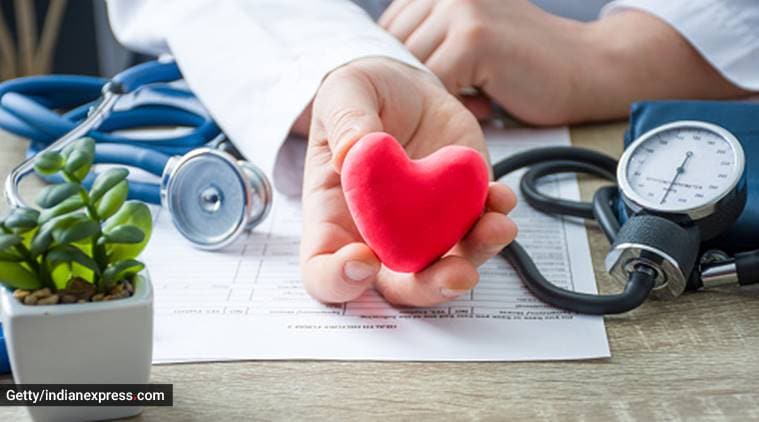World Heart Rhythm Week 2020: All you need to know about cardiac arrhythmia management
Heart rhythm disorders occur when there are irregularities or problems with the heart's electrical system that normally delivers signals to the heart to contract and pump blood through the body.

The current and unprecedented times have had a major impact on healthcare systems across the globe, including in India. Arrhythmia or irregular heartbeats are one of many heart conditions prevalent today, and the management of cardiac patients, specifically cardiac rhythm management, has had to evolve. Ajay Singh, general manager India, SEA, HK, Taiwan and Korea, of Cardiac Rhythm Management, Abbott, mentioned that with individuals being asked to stay home, patients are now facing a new challenge: those who once had access to immediate care, now find limitations.
Nevertheless, patients with heart device implants need to see their physicians every three-six months for continued management of their condition. There has been an increasing trend in consultations over the phone or video calls, and remote monitoring services have been a vital tool for healthcare providers and patients.
Observing the annual World Heart Rhythm Week from June 1-June 7, here is everything you need to know.
Frequency of the hospital visits
Generally, once a patient with a device implant is discharged from hospital, they need to visit their physician every month for at least three months. The frequency of office visits can be increased to every six months or as per an individual patient’s requirement.
About heart rhythm management devices and how they function
Heart rhythm disorders occur when there are irregularities or problems with the heart’s electrical system that normally delivers signals to the heart to contract and pump blood through the body. When this happens, the heart may beat too fast, too slow, or out of sync. This causes the heart to pump blood less effectively, causing symptoms and at times further damage to organs.
Cardiovascular devices in use today represent years of scientific research that can help provide better care and meaningfully impact patients’ lives. For people with recurrent arrhythmia, medical devices such as pacemakers and implantable cardioverter defibrillators (ICD) can help by continuously monitoring the heart’s electrical system and providing automatic correction when an arrhythmia occurs.
Indian scenario in terms of remote monitoring
Remote monitoring is a method by which the information from a patient’s rhythm management device can be communicated directly to their physician. This allows the physician and the medical team to review the patient’s device parameters and performance remotely.
“Recently, we announced the CE mark for our new implantable cardioverter defibrillator (ICD) and cardiac resynchronisation therapy defibrillator (CRT-D) devices, with the most advanced heart rhythm management capabilities along with a new set of benefits for people with abnormal heart rhythms and heart failure,” explained Singh.
These devices offer opportunities for patient engagement and remote monitoring through new smartphone connectivity and connected applications. Additional benefits include a patient preferred design, improved battery longevity and MRI compatibility. India, too, is assessing and accepting these technologies as physicians can monitor their patients remotely and tailor therapy according to their unique clinical needs.
Technological improvements have also permitted increased engagement between physicians and their patients, allowing them to engage more frequently by providing access to transmission history and device performance.
Change in the response to remote care and device management before and during the pandemic
Remote care devices have been available in India for some time now. The usage, however, has been limited to a few centers where electro-physiologists have adopted the technology and use it regularly. The adoption has not been widespread because patients here are usually more comfortable interacting with their healthcare providers in person. Of course, things have evolved now and both physicians and patients realise the value of this technology. Use of a smart phone app and bluetooth, has brought ease of connectivity and remote care management. Even when the current situation improves, and people adjust to a new way of life, it will be beneficial for patients and their physicians to have the ability to take control of their health no matter where they are.
For the patient, remote monitoring allows them to be more informed, involved and alert about their device performance with an added line of consultation. For the physicians, they can manage their patients, allowing for identification of asymptomatic episodes as well as patient-triggered transmissions, which can lead to earlier intervention and reduced clinical burden. It also provides them with necessary data with clinical validation that will ensure more efficient management of their patients’ condition. It provides immense clinical value and accuracy. Most importantly, it allows people to connect to their physicians anytime, and from anywhere.
? The Indian Express is now on Telegram. Click here to join our channel (@indianexpress) and stay updated with the latest headlines
For all the latest Lifestyle News, download Indian Express App.
Source: Read Full Article





